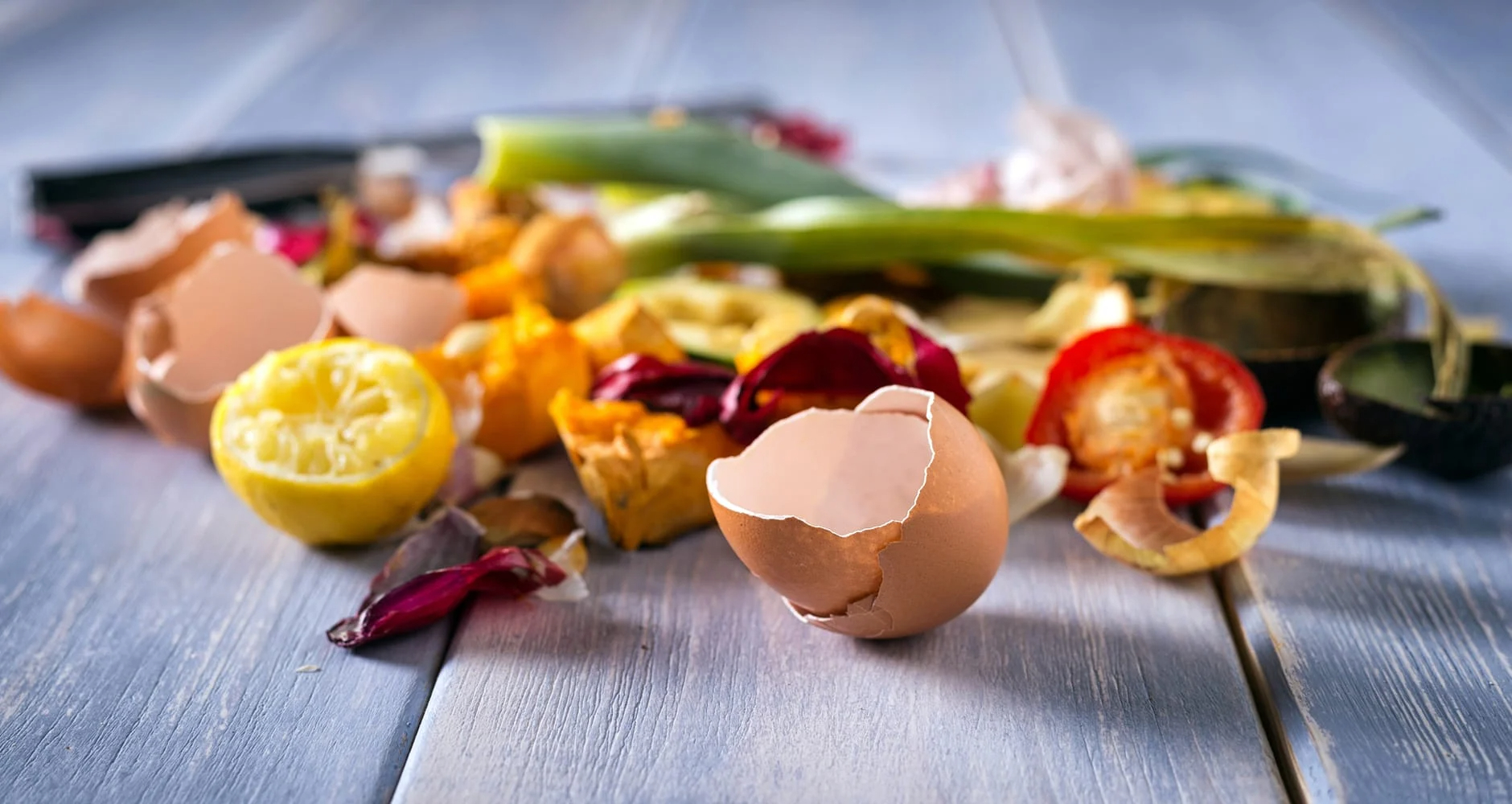

Articles
How To Make Fertilizer
Modified: January 19, 2024
Learn how to make your own fertilizer at home with these informative articles. Discover the best ingredients and methods for healthy plant growth.
(Many of the links in this article redirect to a specific reviewed product. Your purchase of these products through affiliate links helps to generate commission for Storables.com, at no extra cost. Learn more)
Introduction
Welcome to the world of gardening! Whether you are a seasoned gardener or just starting out, one of the key factors in successfully growing plants is providing them with the necessary nutrients. While soil naturally contains some essential nutrients, plants often require additional fertilizers to thrive and reach their full potential.
In this article, we will delve into the world of fertilizers and explore different types, including organic and inorganic options. Furthermore, we will also learn how to make homemade fertilizers, discuss the importance of choosing the right fertilizer for your plants, and provide tips on proper application and storage. So, let’s dive in and discover the secrets of making your own fertilizer!
Key Takeaways:
- Understanding the nutrient requirements of your plants and choosing the right fertilizer, whether organic or inorganic, is crucial for promoting healthy growth and maximizing plant potential.
- Making homemade fertilizers using everyday household items provides a cost-effective and sustainable approach to plant care, while proper application and storage of fertilizers are essential for maintaining their effectiveness over time.
Read more: How To Make Fish Fertilizer
Understanding Fertilizers
Fertilizers are substances that are added to soil or plants to provide essential nutrients that may be lacking in the natural environment. They are crucial for promoting healthy plant growth, strong root development, and abundant flowering or fruiting.
Understanding fertilizers requires knowledge of the essential nutrients required by plants. These nutrients are generally categorized into three main groups:
- Macronutrients: These are nutrients that plants require in relatively large quantities. They include nitrogen (N), phosphorus (P), and potassium (K), which are often represented by the letters NPK. Macronutrients are vital for overall plant growth, photosynthesis, and the production of flowers and fruits.
- Micronutrients: Also known as trace elements, micronutrients are required in smaller quantities but are equally important for plant health. Examples of micronutrients include iron (Fe), zinc (Zn), manganese (Mn), and copper (Cu). These nutrients play essential roles in various physiological processes within plants.
- Secondary Nutrients: These nutrients are required in moderate amounts and include calcium (Ca), magnesium (Mg), and sulfur (S). While not as abundant as macronutrients, they are still vital for healthy plant growth.
Before choosing a fertilizer, it is important to assess the nutrient requirements of your plants. This can be done through soil testing or by observing specific nutrient deficiencies, such as yellowing leaves or stunted growth. Once you have identified the nutrient needs of your plants, you can select an appropriate fertilizer that provides the necessary elements.
Now that we have a basic understanding of fertilizers and their role in plant nutrition, let’s explore some common types of fertilizers that are available in the market and the differences between organic and inorganic options.
Types of Fertilizers
When it comes to fertilizers, there are two main categories: organic and inorganic. Let’s take a closer look at each type:
Organic Fertilizers
Organic fertilizers are derived from natural sources such as plants, animals, or minerals. They are often considered a more sustainable and environmentally friendly option compared to their synthetic counterparts. Organic fertilizers provide nutrients in a slow-release form, allowing plants to absorb them gradually over time.
Some common examples of organic fertilizers include compost, manure, bone meal, fish emulsion, and seaweed extract. These fertilizers not only supply essential nutrients to plants but also help improve soil structure and enhance its ability to retain moisture. Additionally, organic fertilizers promote beneficial microbial activity in the soil, fostering a healthy and balanced ecosystem for plant growth.
Inorganic Fertilizers
Inorganic fertilizers, also known as synthetic or chemical fertilizers, are manufactured using synthetic materials. Unlike organic fertilizers, they deliver nutrients to plants in a readily available form. Inorganic fertilizers are often formulated to provide specific ratios of macronutrients, making it easier to address specific nutrient deficiencies in plants.
Typically, inorganic fertilizers are water-soluble, allowing plants to absorb nutrients quickly. They are available in various forms, such as granules, pellets, or powders. Inorganic fertilizers can deliver nutrients in a highly concentrated form, ensuring that plants receive an immediate boost of nutrients.
It is important to note that while inorganic fertilizers can provide quick results, they have the potential to leach into groundwater and may have negative impacts on the environment if overused or improperly applied. Careful consideration should be given to the dosage and application of inorganic fertilizers to minimize any potential harm.
Now that we have explored the main types of fertilizers, let’s move on to learning how you can make your very own homemade fertilizers using simple and readily available ingredients.
Read more: How To Fertilize Mums
Organic Fertilizers
Organic fertilizers are a popular choice for many gardeners and farmers due to their natural composition and environmental benefits. These fertilizers are derived from organic materials such as plants, animals, or minerals. Here are some commonly used organic fertilizers:
Compost
Compost is one of the most valuable organic fertilizers. It is made from decomposed organic matter, such as kitchen scraps, yard waste, and leaves. Compost is rich in nutrients and improves the soil’s structure, water-holding capacity, and microbial activity. It can be applied directly to the soil or used as a top dressing around plants.
Manure
Animal manure, such as cow, horse, or chicken manure, is an excellent source of organic nutrients. Manure should be well-aged or composted before use to avoid burning plants with high levels of nitrogen. Applying manure in fall or early spring allows it to break down gradually and release nutrients over time.
Bone Meal
Bone meal is a slow-release organic fertilizer made from ground animal bones. It is high in phosphorus, which is essential for root development and flowering. Bone meal is especially beneficial for blooming plants, bulbs, and fruit trees. It can be mixed into the soil when planting or applied as a top dressing.
Read more: How To Store Fertilizer
Fish Emulsion
Fish emulsion is a liquid fertilizer made from decomposed fish. It is rich in nitrogen, phosphorus, and trace elements, making it an excellent all-purpose organic fertilizer. Fish emulsion is usually diluted with water and applied to the soil or sprayed directly on the foliage.
Seaweed Extract
Seaweed extract is obtained from seaweed or kelp and is packed with beneficial nutrients like potassium, magnesium, and trace elements. It promotes overall plant growth, increases resistance to environmental stress, and enhances nutrient uptake. Seaweed extract can be applied as a foliar spray or mixed with water for root drenching.
These are just a few examples of organic fertilizers that can provide your plants with the essential nutrients they need. Organic fertilizers not only feed the plants but also improve soil health and foster a balanced ecosystem. They are safe for the environment and promote sustainable gardening practices.
Now that we have learned about organic fertilizers, let’s turn our attention to inorganic fertilizers and how they differ from their organic counterparts.
Inorganic Fertilizers
Inorganic fertilizers, also known as synthetic or chemical fertilizers, are manufactured using synthetic materials. These fertilizers are composed of mineral salts that provide plants with the necessary nutrients in a readily available form. Here are some key points to know about inorganic fertilizers:
Nutrient Composition
Inorganic fertilizers are formulated to contain specific ratios of macronutrients such as nitrogen (N), phosphorus (P), and potassium (K), also known as NPK ratio. This allows growers to address specific nutrient deficiencies in plants and promote optimal growth and productivity. Inorganic fertilizers typically have higher nutrient concentrations compared to organic fertilizers.
Read more: How Is Fertilizer Made
Faster Nutrient Uptake
One of the advantages of inorganic fertilizers is that nutrients are readily available for plant uptake. This means that plants can quickly absorb the nutrients they need, leading to rapid growth and development. Inorganic fertilizers are particularly beneficial in situations where plants require an immediate nutrient boost.
Precision and Control
Inorganic fertilizers provide precise and controlled nutrient delivery due to their consistent composition. This allows growers to accurately tailor the fertilizer application based on specific plant requirements. Additionally, the nutrient content of inorganic fertilizers is more easily measured and monitored, making it easier to adjust the fertilizer regimen accordingly.
Potential Environmental Impact
While inorganic fertilizers offer immediate and efficient nutrient availability to plants, they can have potential environmental impacts if misused or overused. Excess fertilizer can be carried away by runoff water and find its way into water bodies, causing pollution and harmful algal blooms. It is essential to follow proper application guidelines and use inorganic fertilizers responsibly to minimize their environmental impact.
Supplementing Organic Fertilizers
Inorganic fertilizers can be used in conjunction with organic fertilizers to optimize plant nutrition. By combining the benefits of both types, growers can provide plants with a complete range of essential nutrients while also improving soil health and fertility.
It is important to note that the choice between organic and inorganic fertilizers depends on various factors, such as the specific nutrient requirements of your plants, environmental considerations, and personal preferences. Finding the right balance and understanding the needs of your plants will help you make an informed decision when choosing fertilizers.
Now that we have explored both organic and inorganic fertilizers, let’s move on to learning how to make your own homemade fertilizers using simple ingredients.
Read more: How Much Is Fertilizer
Making Homemade Fertilizers
If you prefer a more hands-on approach to fertilizing your plants or want to save money, making homemade fertilizers is an excellent option. With just a few simple ingredients, you can create nutrient-rich fertilizers right at home. Here are some easy and effective homemade fertilizer recipes:
Compost Tea
Compost tea is a liquid fertilizer made by steeping compost in water. To make compost tea, place a handful of well-aged compost in a container and fill it with water. Let it sit for a few days, stirring occasionally. Strain the liquid and dilute it with water until it resembles weak tea. Use this solution to water your plants, providing them with a boost of nutrients and beneficial microorganisms.
Banana Peel Fertilizer
Don’t throw away those banana peels! Banana peels are rich in potassium and other nutrients that plants love. To make a banana peel fertilizer, chop up the peels and bury them around the base of your plants. As the peels decompose, they release nutrients into the soil, promoting healthy growth.
Eggshell Fertilizer
Eggshells are a great source of calcium, which is essential for plant growth and development. Instead of tossing them in the trash, save your eggshells and crush them into small pieces. Sprinkle the crushed eggshells around your plants or add them to your compost pile. Over time, the eggshells will break down and release calcium, benefiting your plants.
Read more: How To Apply Grass Fertilizer
Weed Tea
If you have weeds growing in your garden, don’t discard them just yet. You can turn these pesky plants into a nutrient-rich fertilizer. Collect a bunch of weeds, chop them up, and place them in a container filled with water. Let the mixture sit for a few weeks, stirring occasionally. Once the weeds have decomposed, strain the liquid and dilute it with water. Use this weed tea as a natural fertilizer for your plants.
Epsom Salt Solution
Epsom salt, which is composed of magnesium sulfate, can be used to provide plants with a magnesium boost. Dissolve Epsom salt in water according to the package instructions, and then spray or pour this solution around the base of your plants. It can help improve chlorophyll production and overall plant vitality.
These are just a few examples of homemade fertilizers that you can easily make using everyday household items. Keep in mind that homemade fertilizers may have varying nutrient levels, so it’s important to monitor your plants’ responses and adjust the application accordingly.
Now that you have learned how to make homemade fertilizers, let’s move on to the next step – choosing the right fertilizer for your plants!
Choosing the Right Fertilizer for Your Plants
Choosing the right fertilizer is crucial for providing your plants with the nutrients they need to thrive. With so many options available, it can be overwhelming to determine which fertilizer is best for your specific plants. Here are some factors to consider when choosing a fertilizer:
Nutrient Requirements
The first step in selecting a fertilizer is to assess the nutrient requirements of your plants. Different plants have different nutrient needs, so it’s important to understand what nutrients are essential for their growth. Pay attention to the macronutrients (nitrogen, phosphorus, and potassium) as well as any specific micronutrients that your plants may require.
Read more: How To Fertilize Grass In Spring
Conducting a soil analysis can provide valuable information about the nutrient levels and pH of your soil. This analysis can help identify any nutrient deficiencies or imbalances, allowing you to choose a fertilizer that addresses those specific needs. Soil testing kits are available at garden centers or through local agricultural extension offices.
Read more: How To Fertilize Grass In Spring
Fertilizers come in various formulations, including liquid, granular, and slow-release. Liquid fertilizers are quickly absorbed by plants and are suitable for foliar application or for plants that prefer a constant supply of nutrients. Granular fertilizers are typically spread on the soil surface and slowly release nutrients over time. Slow-release fertilizers are designed to gradually release nutrients into the soil, providing a steady supply to plants.
Consider whether you prefer to use organic or inorganic fertilizers. Organic fertilizers are derived from natural sources and promote soil health, while inorganic fertilizers provide quick nutrient uptake and precise control over nutrient delivery. Both types have their advantages, so choose the one that aligns with your gardening philosophy and the specific needs of your plants.
Consider the application method that works best for your plants and gardening style. Some fertilizers are applied by mixing them into the soil during planting, while others are applied as side dressings around established plants. Liquid fertilizers can be sprayed directly onto foliage or drenched into the soil. Choose a fertilizer that suits your preferred application method.
Take into account the environmental impact of the fertilizer you choose. Some fertilizers, particularly inorganic ones, have the potential to leach into water sources and cause pollution. Opt for fertilizers with slow-release properties or follow proper application rates and timing to minimize the environmental impact.
By considering these factors, you can make an informed decision and select the right fertilizer that meets the specific needs of your plants. Remember to always read and follow the instructions on the fertilizer packaging for proper application rates and precautions.
Now that you know how to choose the right fertilizer, let’s move on to understanding how to apply it properly to maximize its effectiveness.
Applying Fertilizer Properly
Applying fertilizer properly is essential to ensure your plants receive the right amount of nutrients while minimizing the risk of over-fertilization. Here are some tips for applying fertilizer effectively:
Follow Package Instructions
Always read and follow the instructions on the fertilizer packaging. The instructions will provide guidance on the appropriate application rate, frequency, and timing for the specific fertilizer. Different fertilizers have different formulations and nutrient concentrations, so it’s important to use them as directed.
Apply fertilizer when your plants are actively growing and in need of nutrients. This is typically during the growing season, but it may vary depending on the plant species. Apply fertilizers early in the morning or late in the evening to avoid potential leaf burn from sun exposure.
Ensure even distribution of fertilizer to avoid overloading some areas while neglecting others. If using granular fertilizer, spread it evenly over the soil surface. For liquid fertilizers, apply them uniformly across the target area. This will provide balanced nutrition and prevent uneven plant growth.
Read more: How To Apply Fertilizer To Plants
Avoid allowing fertilizer to come into direct contact with the stems, leaves, or flowers of your plants. This can cause burn or damage to the plant tissues. Instead, apply the fertilizer around the base of the plants, keeping a safe distance from the plant parts.
Read more: How To Apply Fertilizer To Plants
After applying fertilizer, water your plants thoroughly. This helps to dissolve the fertilizer and move the nutrients into the soil where they can be easily absorbed by the roots. It also helps prevent fertilizer burn by flushing any excess nutrients away from the plant roots.
Fertilizer application should align with the recommended frequency specified on the packaging or based on soil test recommendations. Applying fertilizer too frequently can lead to nutrient buildup in the soil, which can harm plants and contribute to environmental pollution. Regularly monitor your plants’ growth and health to determine if any adjustments are needed.
Ensure you store your fertilizer in a cool, dry place, away from direct sunlight and moisture. Proper storage helps to maintain the quality and effectiveness of the fertilizer over time. Keep all fertilizers out of reach of children and pets to prevent accidental ingestion.
By following these guidelines, you can apply fertilizer properly and provide your plants with the nutrients they need to thrive. Remember, moderation is key – applying the right amount of fertilizer at the right time will help promote healthy growth and minimize the risk of nutrient imbalances or environmental harm.
Now that you know how to apply fertilizer correctly, let’s move on to the next important topic – storing fertilizer to maintain its efficacy.
Storing Fertilizer
Proper storage of fertilizers is crucial to maintain their effectiveness and prevent any potential hazards. Here are some important tips for storing fertilizers:
Keep in a Cool, Dry Place
Store your fertilizers in a cool and dry location, away from direct sunlight and moisture. Exposure to heat and humidity can degrade the quality of the fertilizer and reduce its effectiveness. Consider storing fertilizers in a shed, garage, or another protected area with controlled temperature and humidity levels.
Read more: How To Fertilize Your Grass
Seal the Packaging
Ensure that the fertilizer packaging is tightly sealed after each use. This helps prevent moisture absorption and keeps the fertilizer in its original condition for a longer time. Resealable bags or containers are ideal for easy and secure storage.
Label and Date Containers
To avoid confusion and maintain the freshness of your fertilizers, label each container with the type of fertilizer, its NPK ratio, and the date of purchase or opening. This information will allow you to keep track of the age and potency of the fertilizer, ensuring that you use it while it is still viable.
Fertilizers may contain chemicals that can be harmful if ingested. Store fertilizers in a location that is inaccessible to children and pets. Consider using childproof locks or cabinets to prevent accidental ingestion or exposure.
If you have multiple types of fertilizers, it is important to store them separately. Mixing different fertilizers together can lead to chemical reactions or unintended nutrient imbalances. Keep each fertilizer in its original packaging or in clearly labeled containers to avoid any confusion.
If you have expired or unused fertilizers, dispose of them properly following local guidelines. Contact your local waste management facility or agricultural extension office for information on how to safely and responsibly dispose of fertilizers. Do not dispose of fertilizers in regular trash or pour them down drains or sewers.
To avoid any contamination, store fertilizers away from areas where you store food or food-related items. This helps prevent accidental cross-contamination and ensures the safety of your consumables.
By following these storage guidelines, you can maintain the efficacy and quality of your fertilizers for extended periods. Proper storage helps ensure that the nutrients in the fertilizer remain intact and ready for use when needed.
Now that you know how to store fertilizers correctly, you are equipped to make the most of your fertilizers and maintain their effectiveness over time. Let’s conclude our journey through fertilizers with a brief recap.
Read more: How To Store Fertilized Eggs
Conclusion
Understanding and utilizing fertilizers is essential for successful gardening and plant care. By providing plants with the right nutrients, you can promote healthy growth, robust flowering, and bountiful harvests. In this article, we explored the world of fertilizers, including understanding their composition and types.
We discussed the differences between organic and inorganic fertilizers, highlighting the benefits of each. Organic fertilizers, such as compost and manure, offer sustainable and environmentally friendly options, while inorganic fertilizers provide precise nutrient delivery and quick results.
We also learned how to make homemade fertilizers using simple ingredients found at home, such as compost, banana peels, and eggshells. Making homemade fertilizers allows for a hands-on approach, cost-effective solutions, and provides the opportunity to reduce waste.
Choosing the right fertilizer for your plants requires assessing their nutrient requirements, conducting soil analysis, and considering factors such as fertilizer formulations, environmental impact, and preferred application methods. By selecting the appropriate fertilizer, you can provide your plants with the precise nutrients they need for optimal growth.
Proper application of fertilizers involves following package instructions, applying during active growth, and distributing the fertilizer evenly. It’s important to avoid direct contact with plant tissues and to water the plants after application to facilitate nutrient absorption.
Lastly, we explored how to store fertilizers correctly to maintain their effectiveness. Storing fertilizers in cool, dry places and properly sealing containers helps preserve the quality and potency of the fertilizers over time. By managing and disposing of expired or unused fertilizers responsibly, we can contribute to a safer environment.
In conclusion, fertilizers play a vital role in plant nutrition and growth. By understanding the different types of fertilizers, making homemade alternatives, and applying them properly, you can provide your plants with the essential nutrients they need to thrive. Remember to be mindful of environmental impacts and make sustainable choices for the well-being of your plants and the planet.
Now that you have a comprehensive understanding of fertilizers, it’s time to put your knowledge into practice and watch your garden flourish with vibrant, healthy plants!
Frequently Asked Questions about How To Make Fertilizer
Was this page helpful?
At Storables.com, we guarantee accurate and reliable information. Our content, validated by Expert Board Contributors, is crafted following stringent Editorial Policies. We're committed to providing you with well-researched, expert-backed insights for all your informational needs.
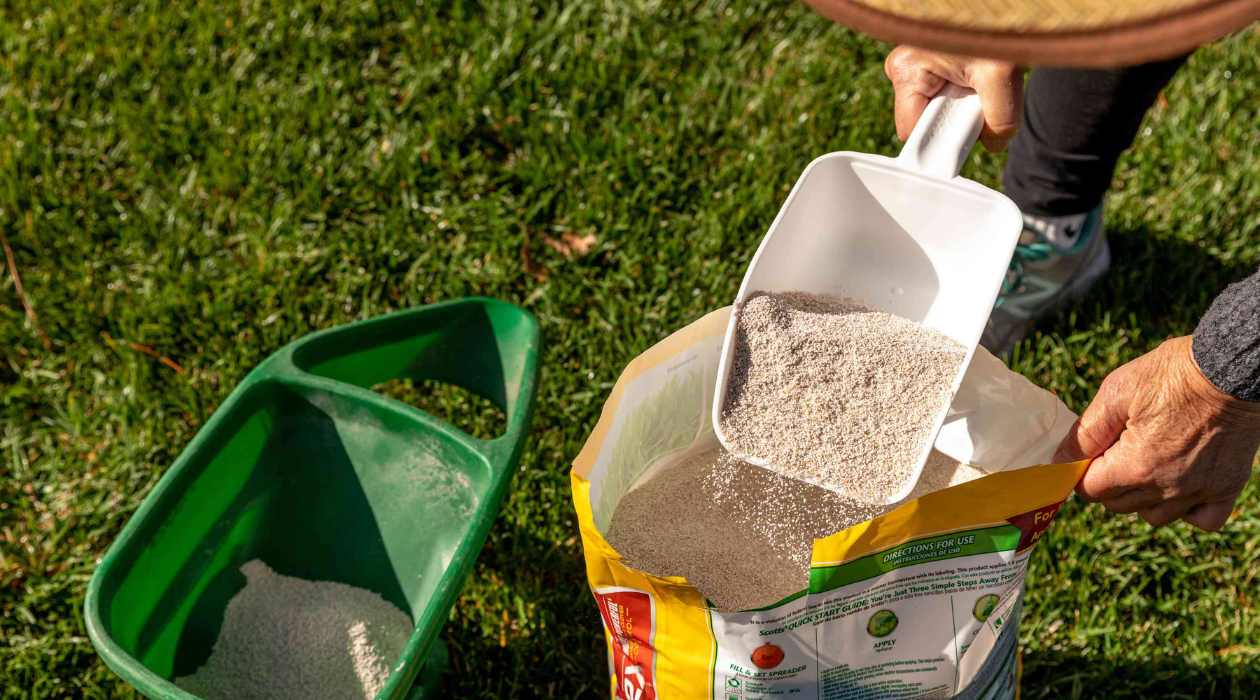
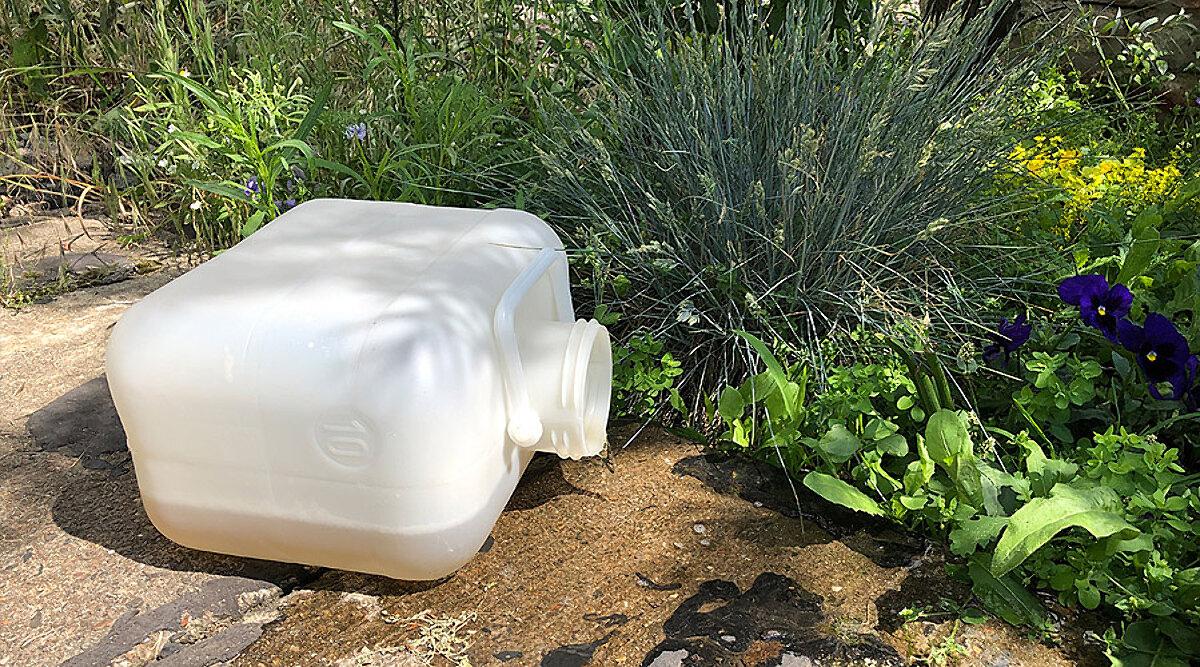
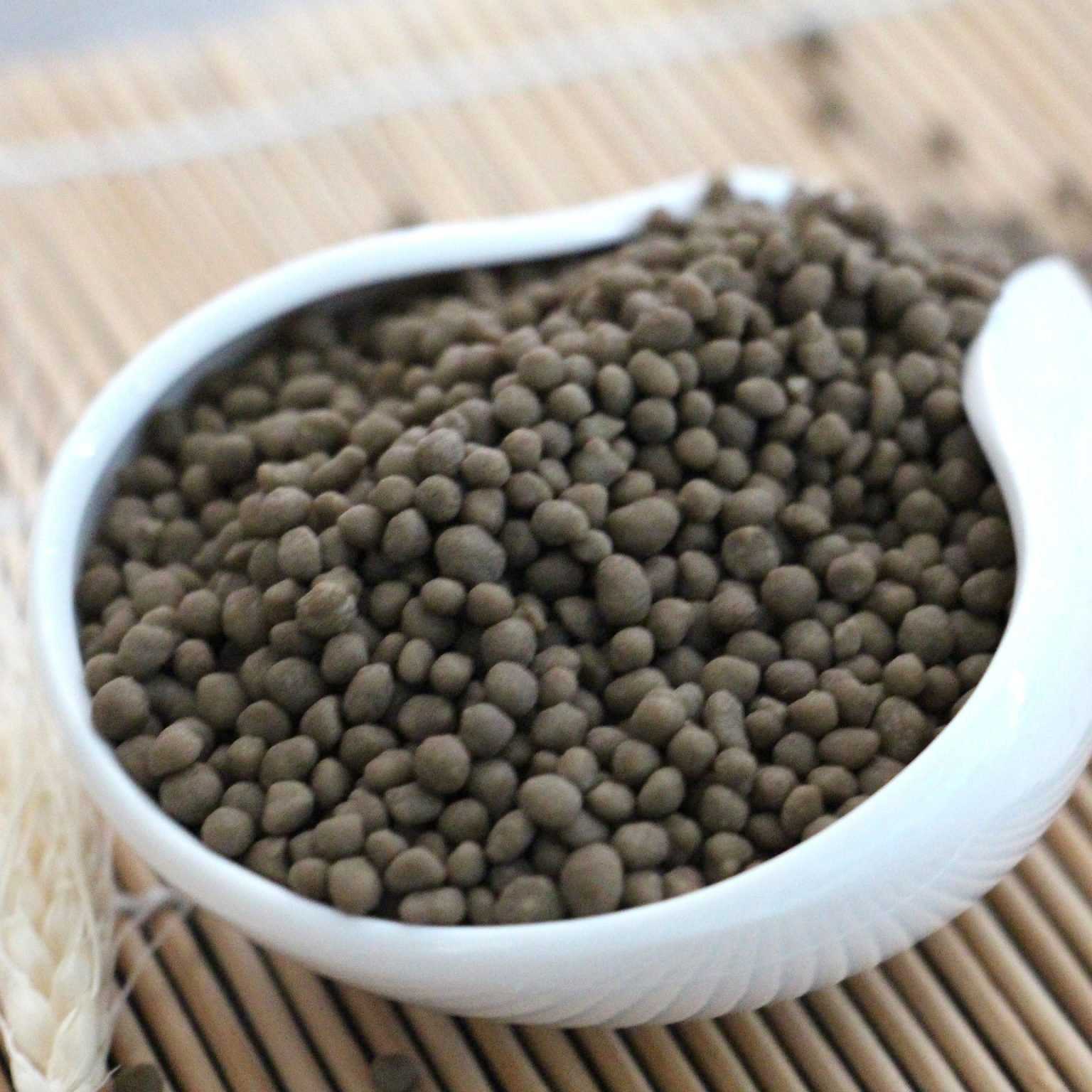
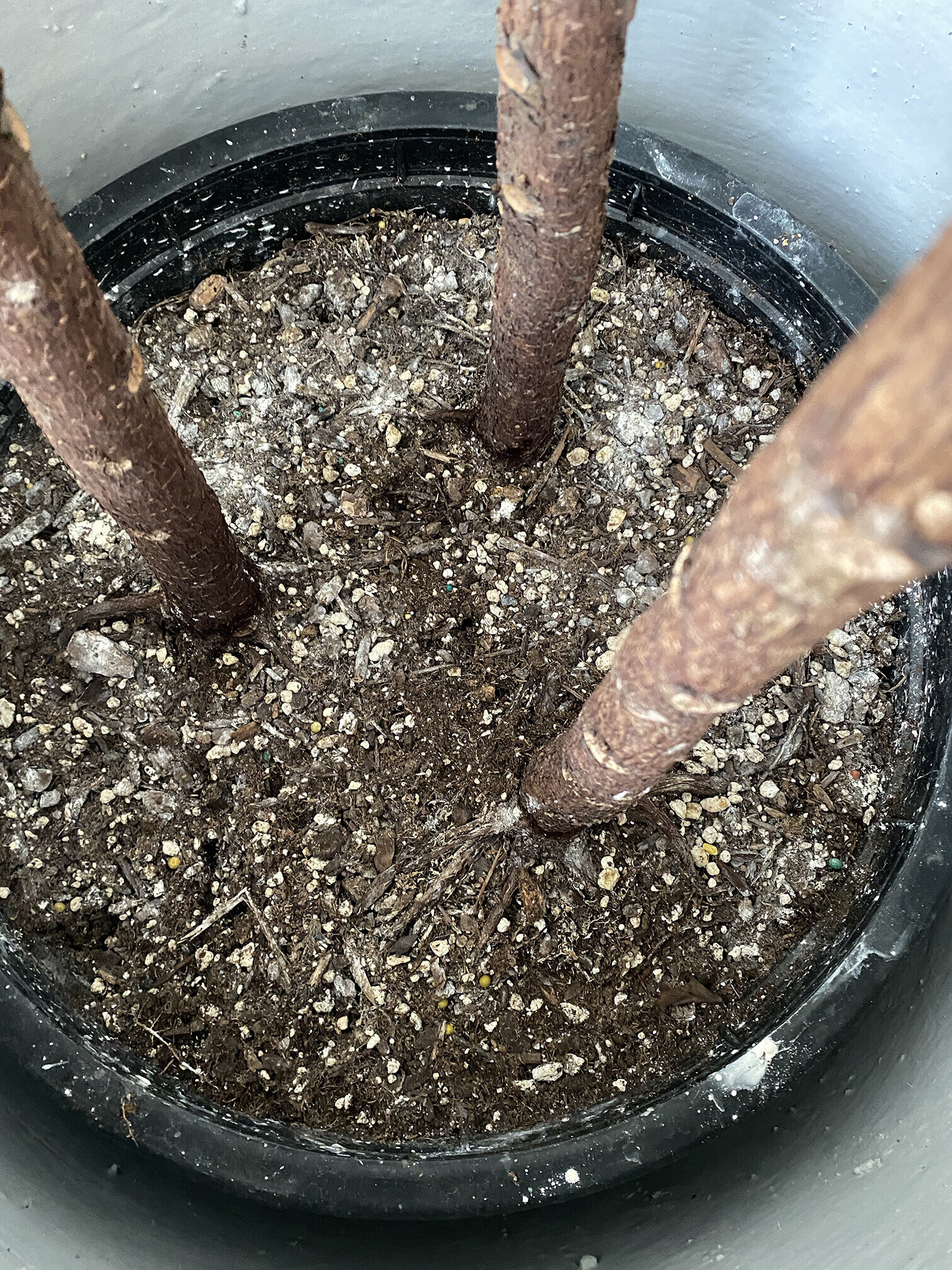
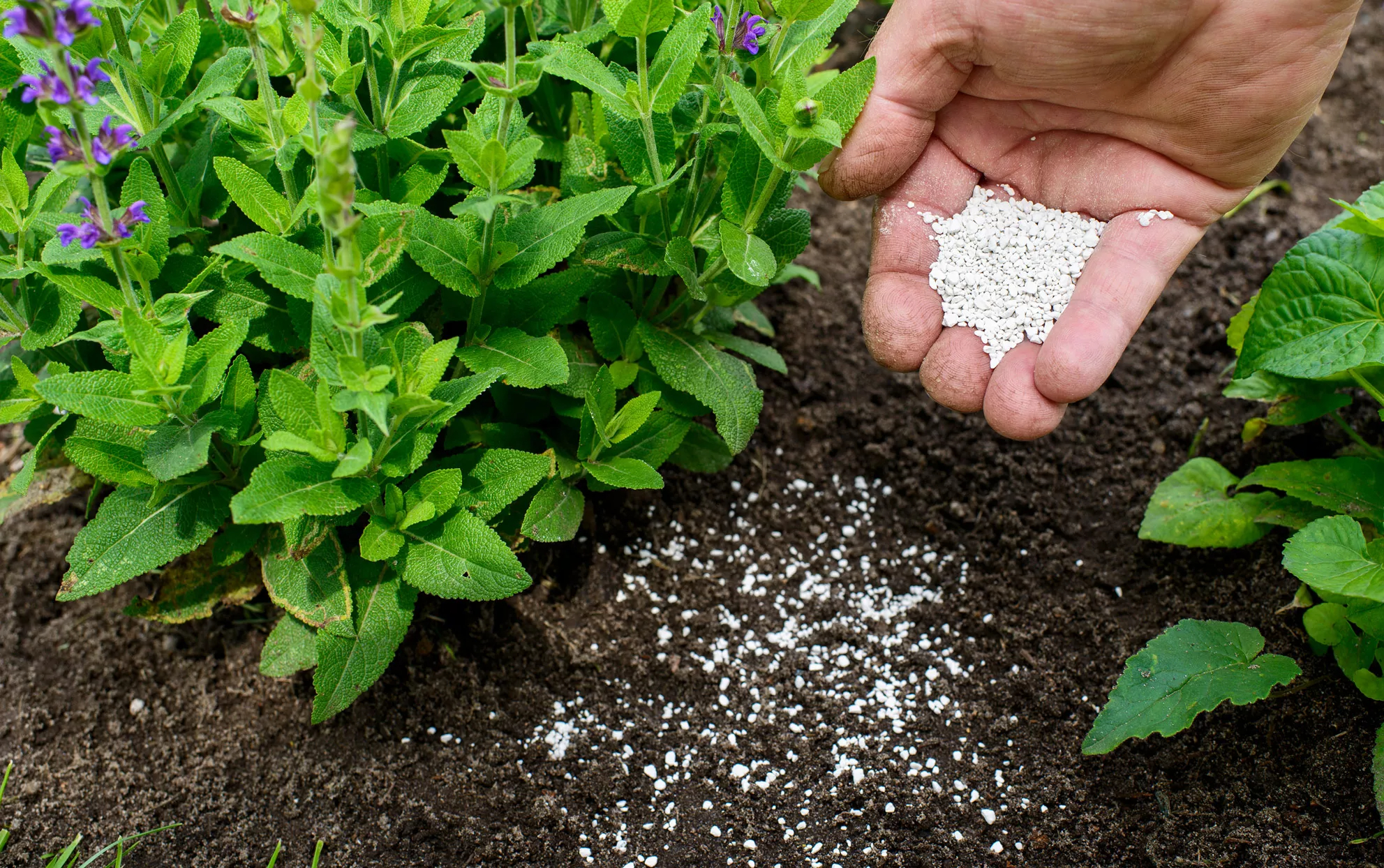
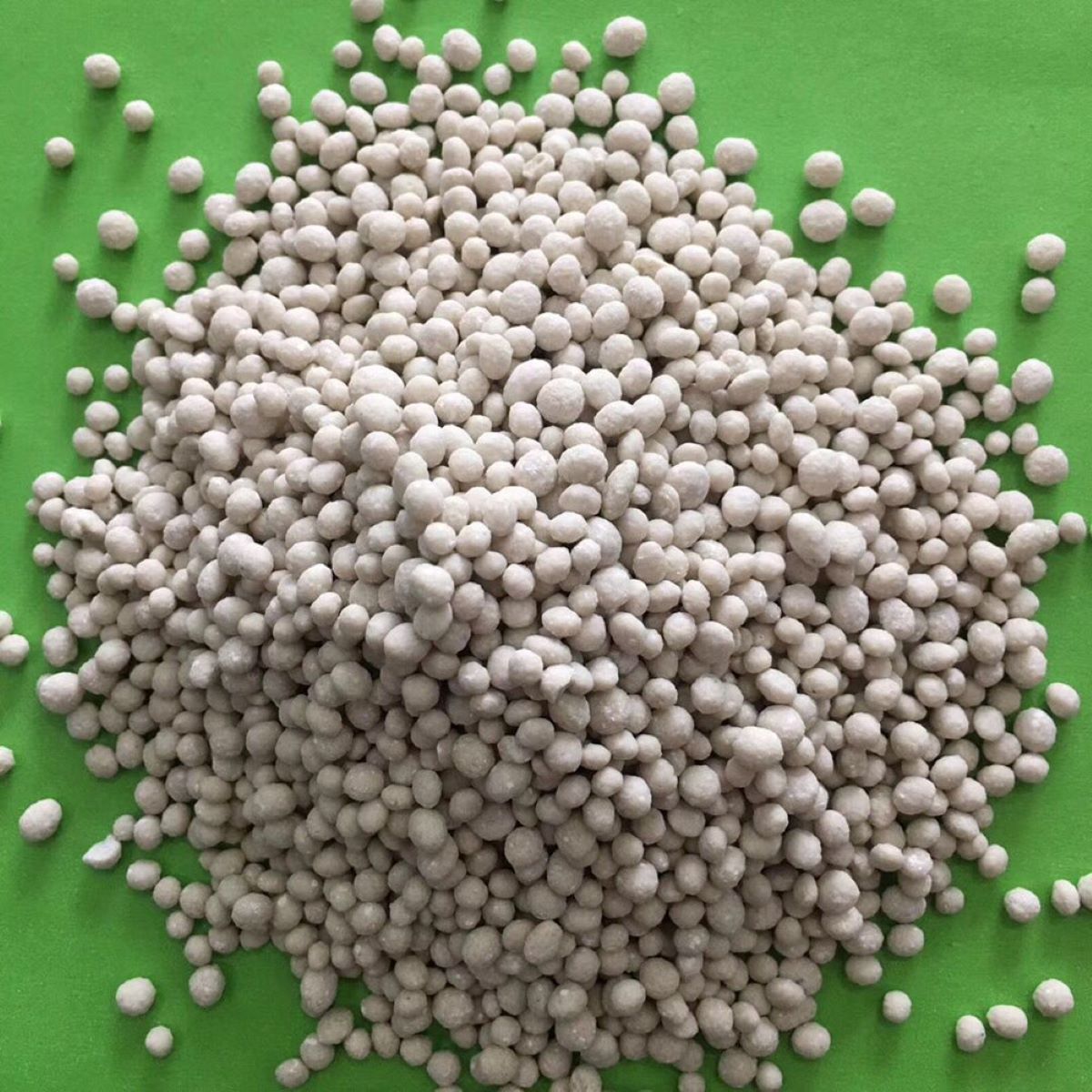

0 thoughts on “How To Make Fertilizer”